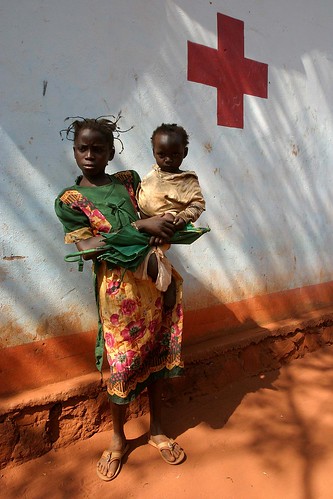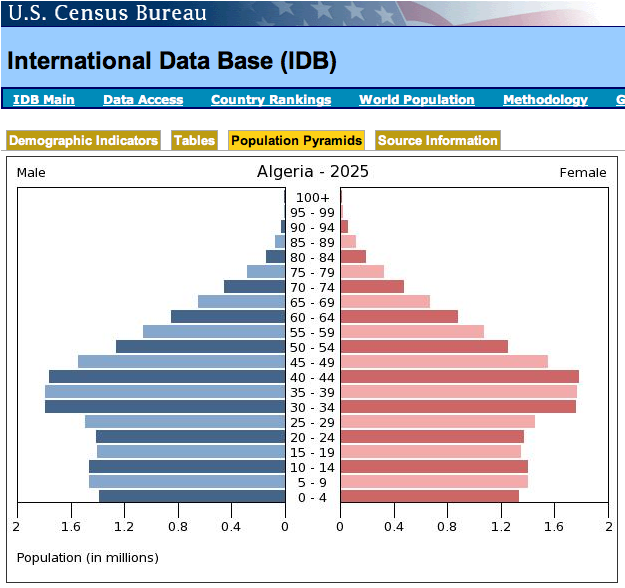Forced Migration Web Quest
Visit the web links and answer the questions on your own paper to learn more about the geographic location, living conditions, and international governing institutions of refugees and internally displaced persons.
1. The United Nations High Commission on Refugees (UNHCR) is the international organization in charge of monitoring the refugees in the world. They have published a booklet to explain the history and current status of the 1951 Convention on Refugees. Read through the booklet to find the answers to the following questions.
- a.) Who are refugees? (p. 6)
- b.) Who does not qualify for refugee status? (p. 9, 11, 15)
- c.) Who is responsible for caring for refugees? (p. 8)
- d.) What is refoulment and what does it have to do with the convention? (p. 13)
- e.) Look at the images in the booklet. What are the countries of origin of the refugees?
2. The UNHCR has a long history of giving assistance to refugees. Look at this Pictorial History to see what different groups of refugees have beed aided.
- a.) What refugees were the first to receive assistance from the UNHCR?
- b.) Name three additional groups of refugees that the UNHCR has been involved with since its establishment.
3. Doctors Without Borders (Medicins Sans Frontiers) is a non-governmental organization where doctors from MEDC's volunteer to go beyond the borders of their own country and provide medical care in countries where there are too few medical personnel to serve the population. They operate in some refugee camps as well. Go to their website for more information:
- a.) Compare and contrast the situation of refugees and internally displaced. (numbers, rights, countries of origin)
4. This blog - P.A.P. Blog, Human Rights, Etc. - has an interesting set of maps (scroll down to the bottom) to show who is bearing the burden of international refugees.
- a. Which countries (find the top several) are taking on the greatest responsibility with respect to receiving international refugees?
- b. Is total number received the most accurate way of determining this? Why? or Why not?
5. Here you can see footage from a refugee camp in Kenya: Dadaab Refugee Camp in Kenya (watch video).
- a.) Where are the refugees from?
- b.) Why are they fleeing their country?
- c.) What is the biggest challenge for these refugees?
6. Sketch an IDP Camp or a Refugee Camp using the satellite images at USAID HERE or HERE.
Be sure to click on the high resolution image to see the area in detail. Label significant physical and human features of the camps. (farms = squares that are slightly darker in color; town or clusters of houses; tents (i.e. refugee homes); rivers; dry riverbeds; mountains; etc.)
Up to number 6 is all you need to worry about for Friday. The rest we can discuss in class.
Remember: Test on migration and refugees next Tuesday.
Snapshot
Africa isn’t the only place with refugees.
Also, what are some common challenges that aid organizations confront in providing services to people living in refugee camps?
Know these content terms:
refugee
1951 convention on refugees
asylum
UNHCR
non-refoulment
USAID
NGO
Internally Displaced Person (IDP)
Persecution
Open Google Earth - Go inside a Sudanese refugee camp in Chad to investigate the following:
(If the kml file is not already downloaded, click HERE.)
How is water distributed at a refugee camp?
How are children educated? (look at Colombian refugee camp in Ecuador)
How do people receive helath care?
World is Witness
Would you believe that some Africans are fleeing TO Sudan? Explain.
Getting paid for resettling refugees?
Where do we go from here? Here is one attempt to improve the situation for refugees. Do you think it will have much of an impact?










